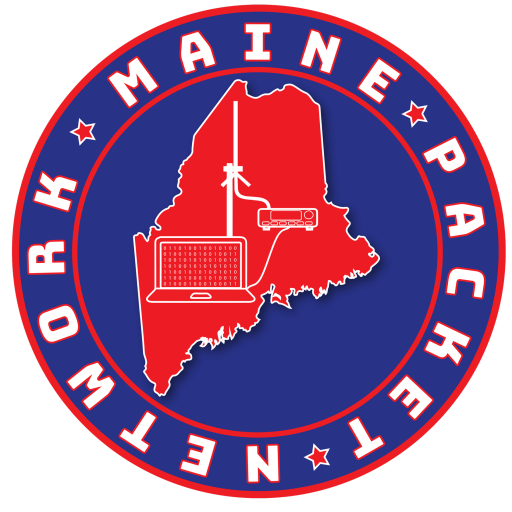
We have been notified that the K1DQ packet radio node in Shapleigh, ME has been decommissioned.
While we will miss the tremendous reach that this node provided, we will see the W1YCA node returned to service this Fall, to cover Southern York County from Wells. In the meantime, check our map for other known nodes in your area.
If you know of, or wish to bring a full-time public access node online in your area, please reach out to us using the Contact form on our website or with Facebook Messenger.























